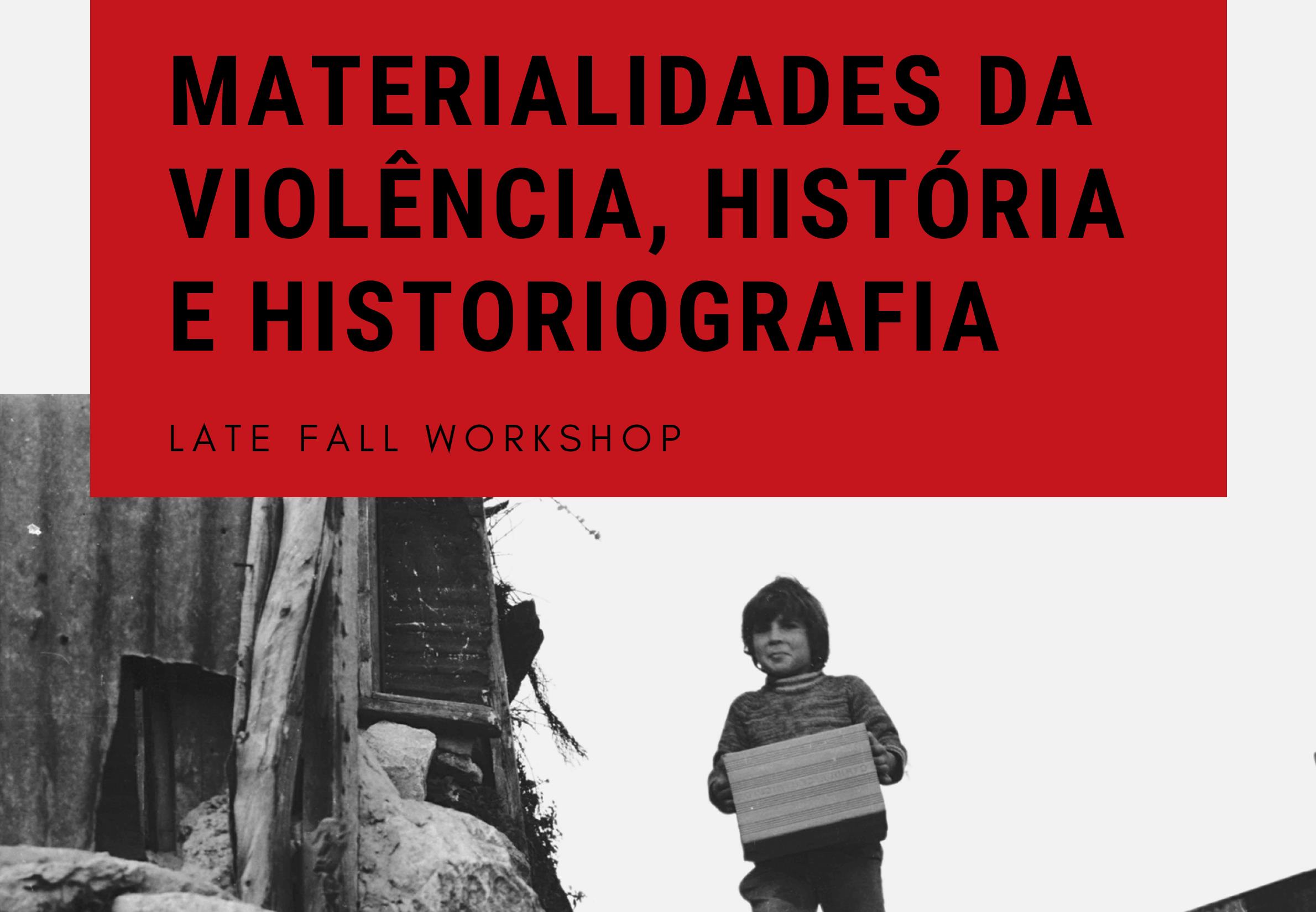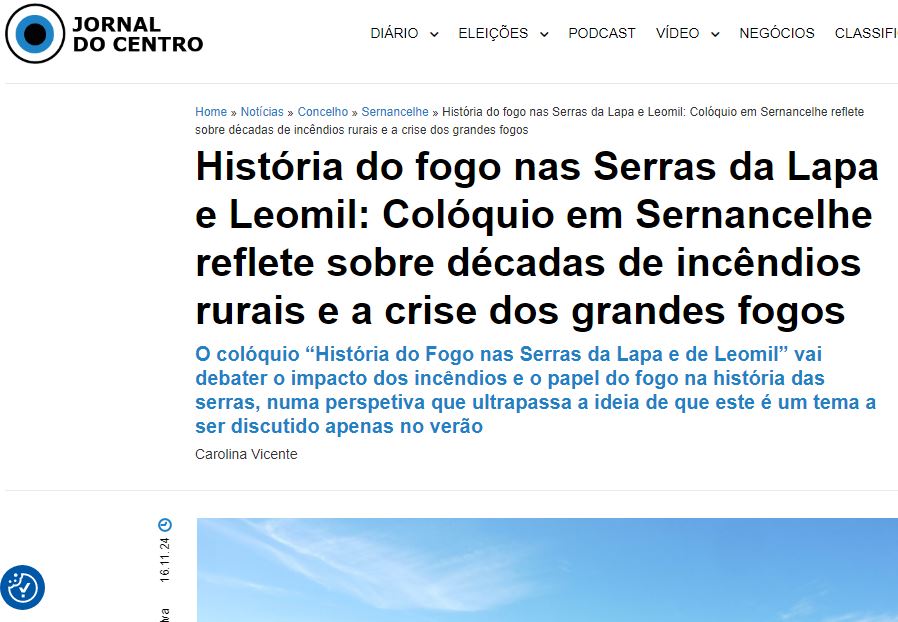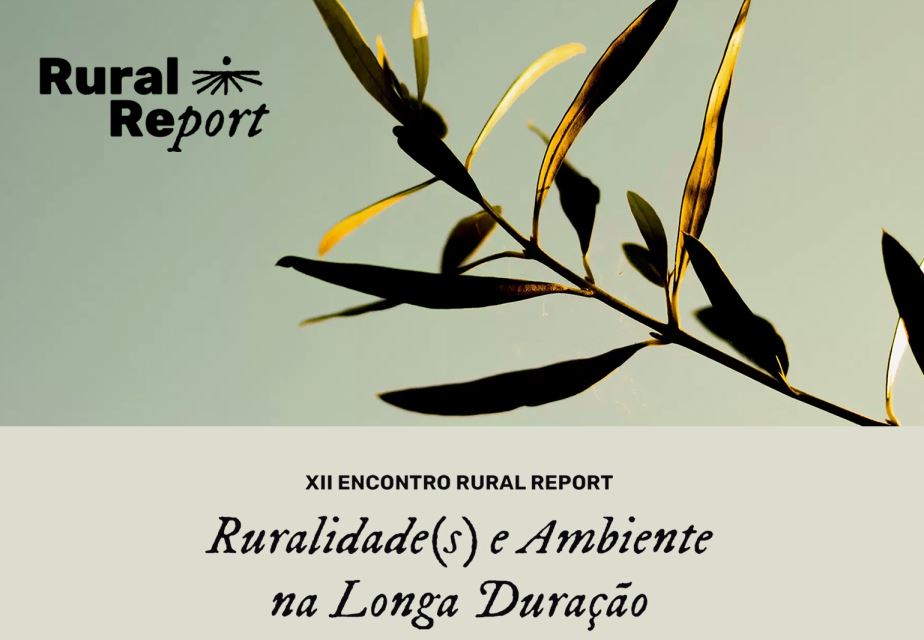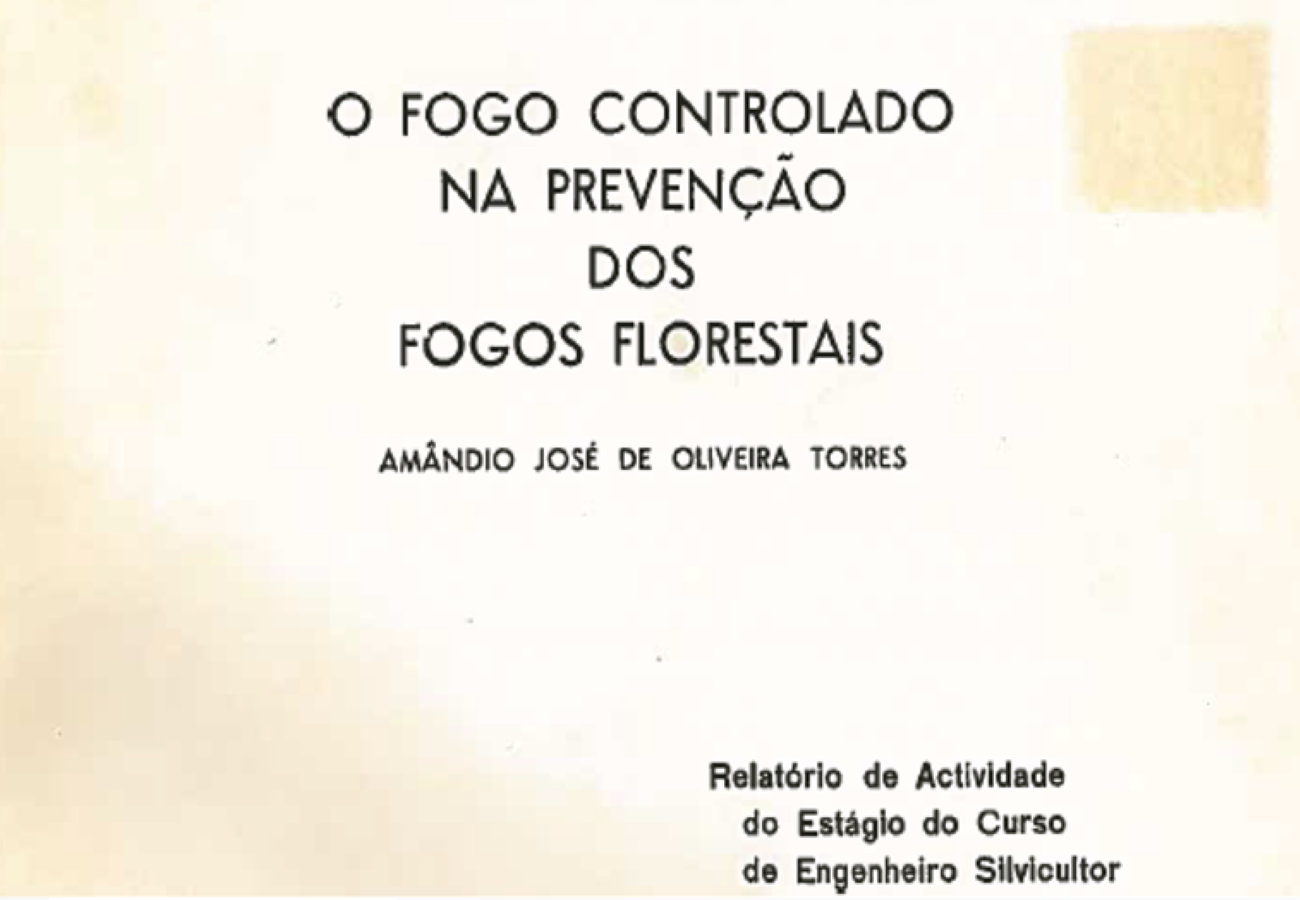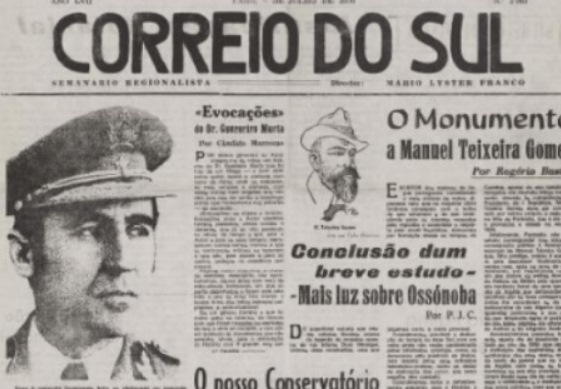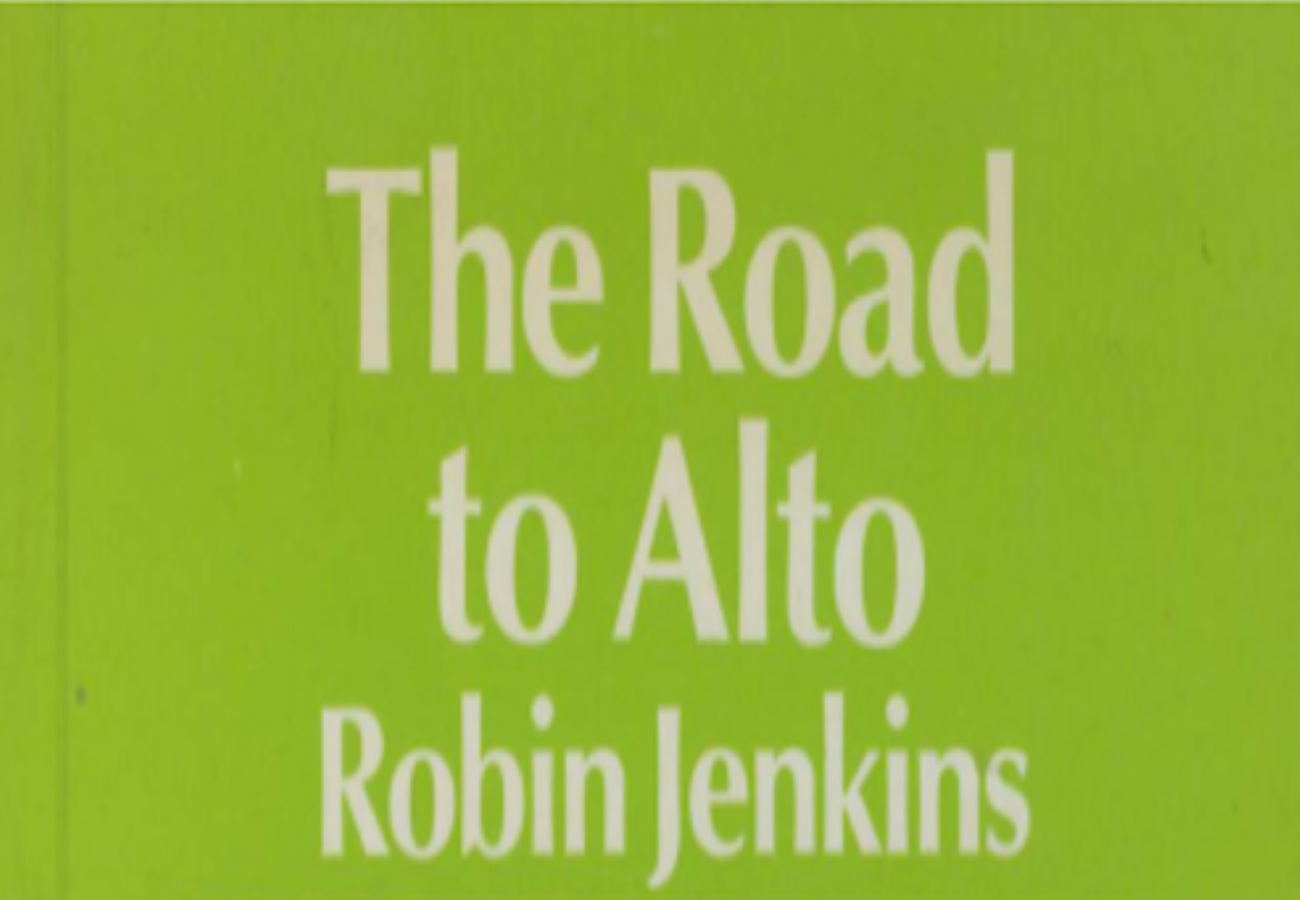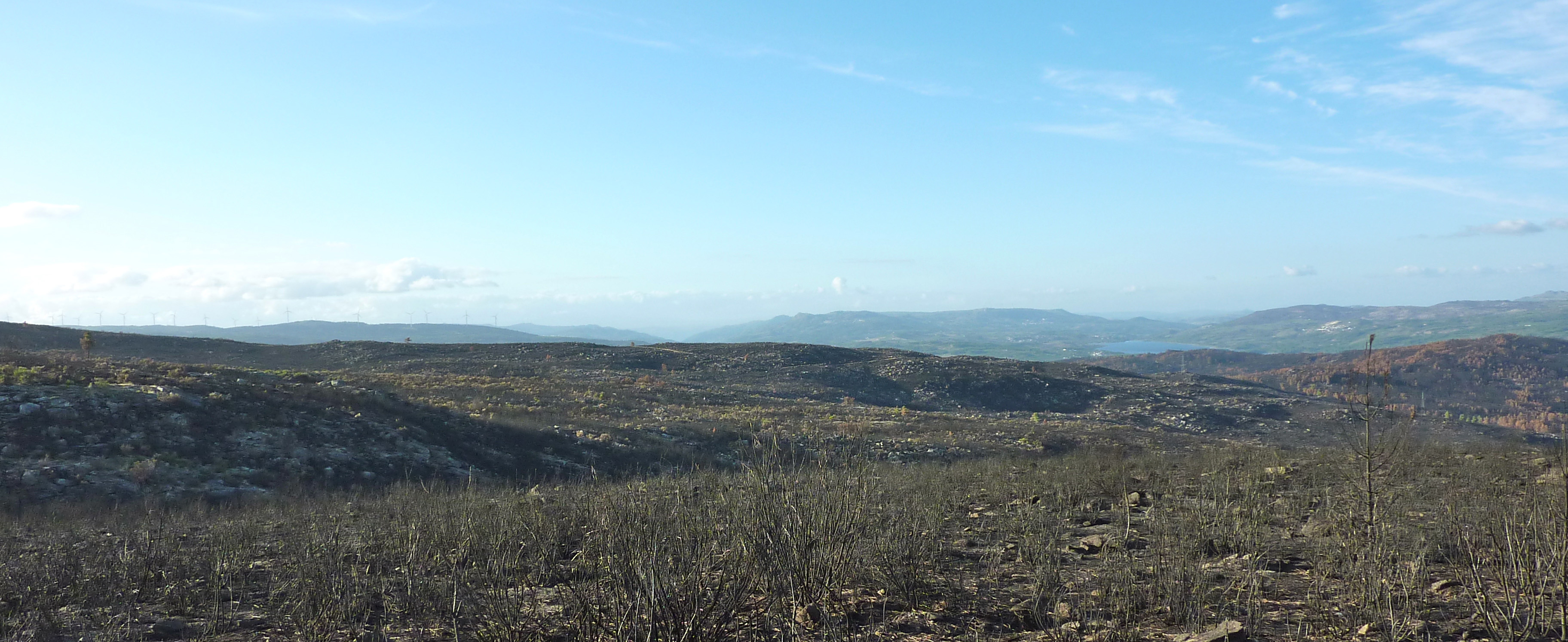About
Burning landscapes is a research project on the history of wildfires in Portugal from the 1950s onwards. We have brought together different scientific practices, from environmental sciences to social history and history of science, to circumscribe the same starting problem: where does the current regime of large, catastrophic fires come from? We place fire at the centre of a composite research on the latest Portuguese rurality, unfolding unexplored socioecological and politico-scientific links, methodological and transdisciplinary experiments, and a history of the uses of fire, both institutional and popular.
- What is the relative importance (and plausible chronology) of climate and landscape changes as part of new fire regimes?
- Is there a link between the ban and decline of agricultural fires and the onset of high-intensity wildfires (the so-called ‘firefighting trap’)?
- What political-judicial processes have governed the use of fire in rural areas since the 1950s? What makes an arsonist?
- To what extent are the ecology and the political economy of pulpwood forests driving an increase in large fires? How has Portuguese forestry shaped and been shaped by these chronologies?
Latest news
Browse allLatest sources
Browse allTeam
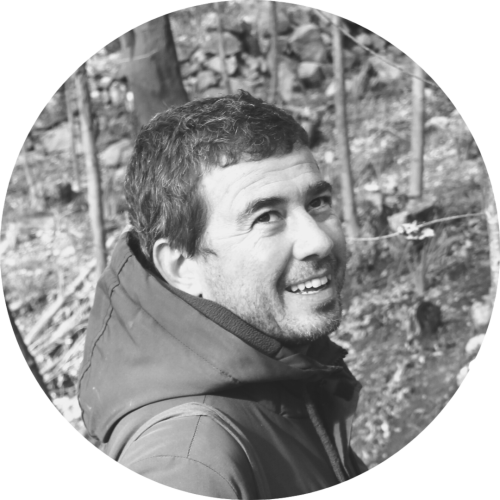
Miguel Carmo 
Ana Isabel Queiroz 
Frederico Ágoas 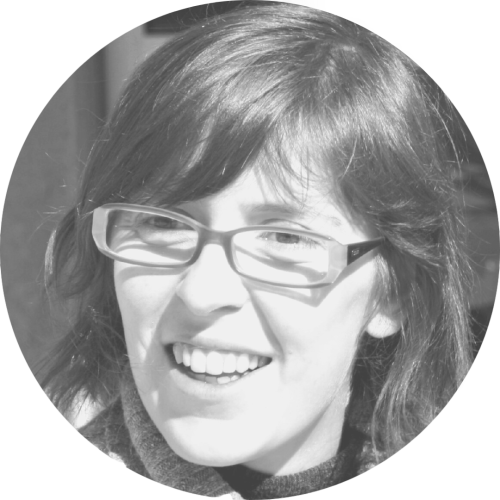
Inês Gomes 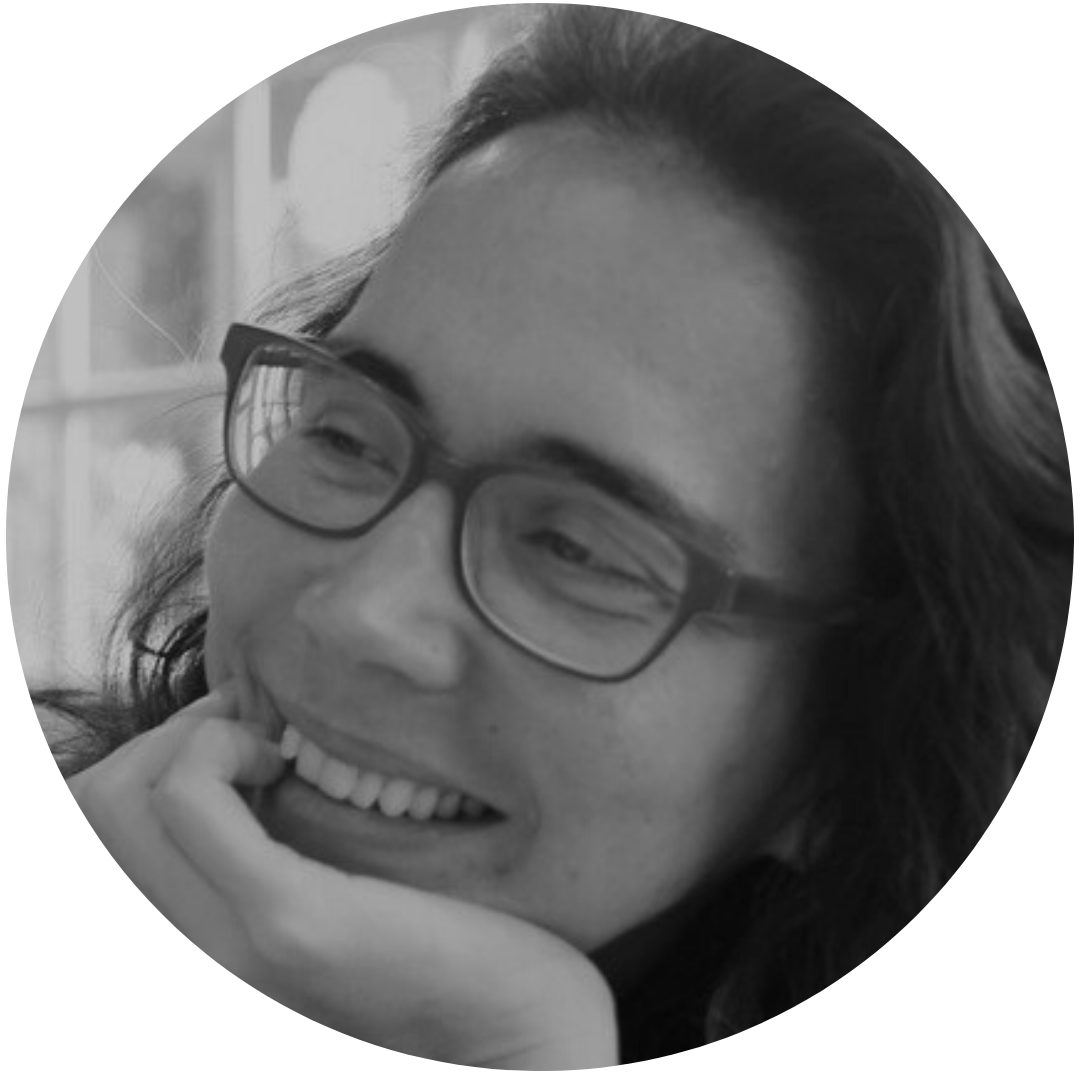
Joana Sousa -

João Oliveira -
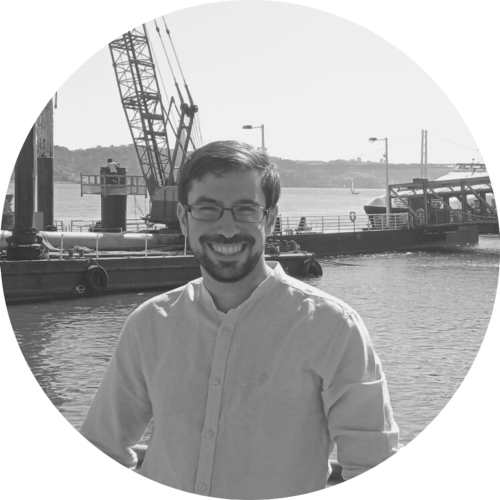
José Ferreira 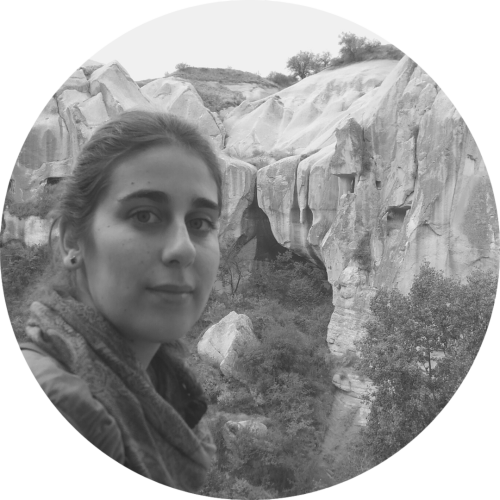
Marta Silva 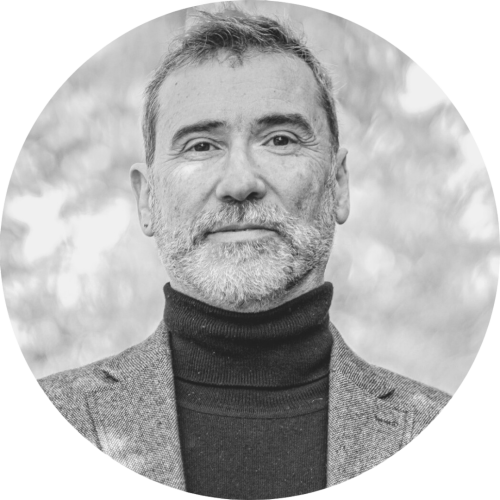
Francisco Moreira
